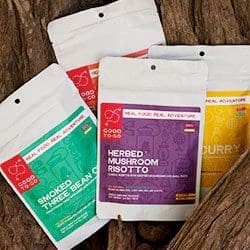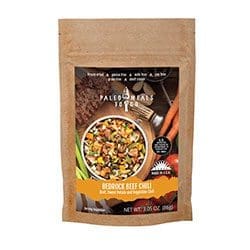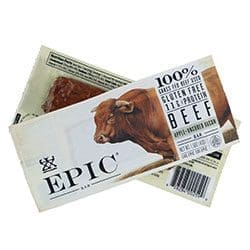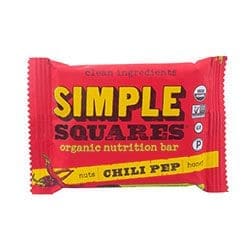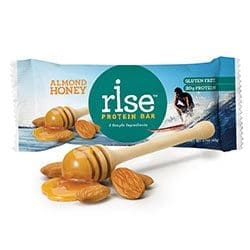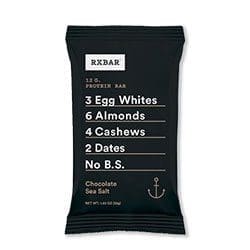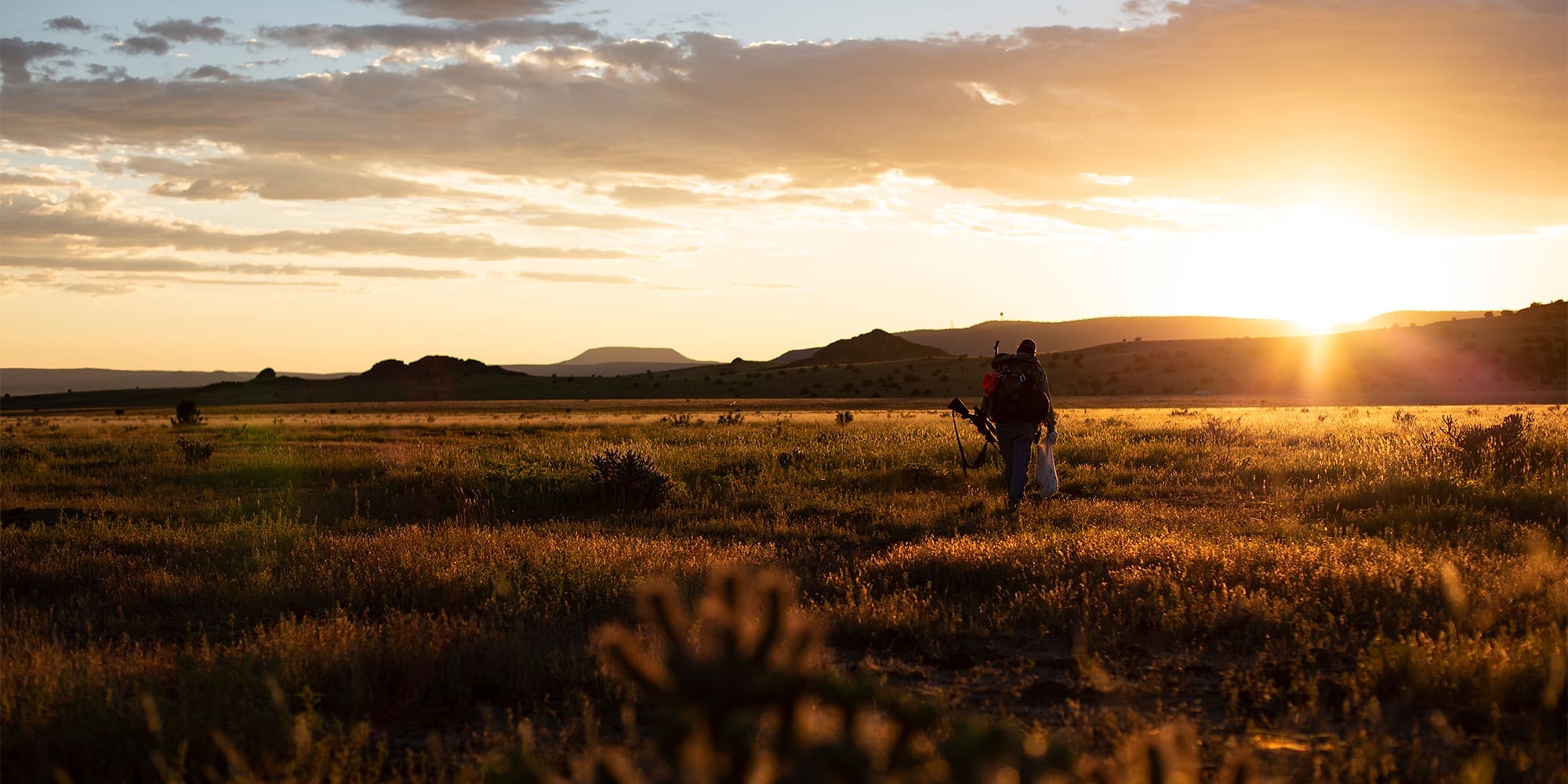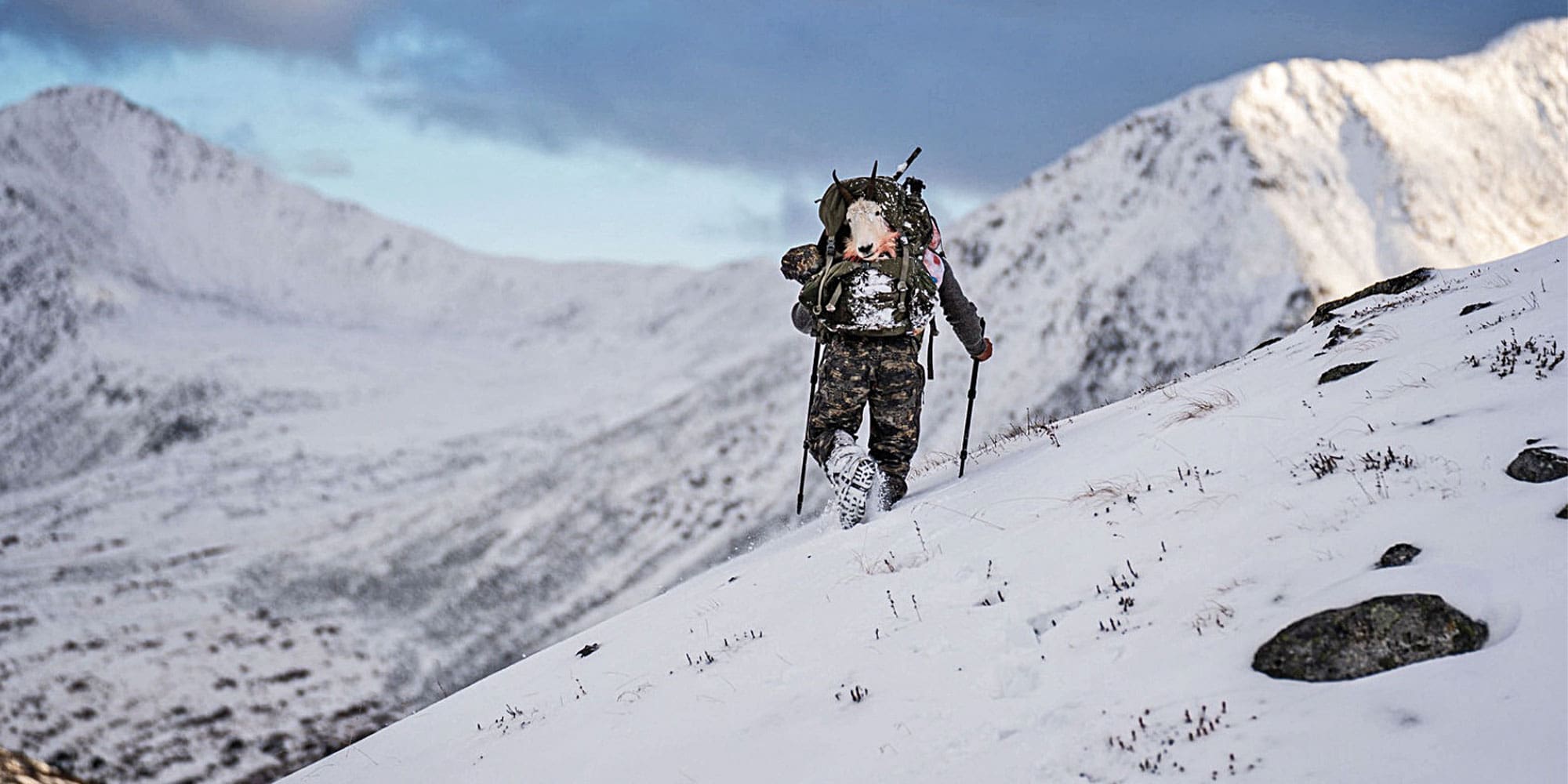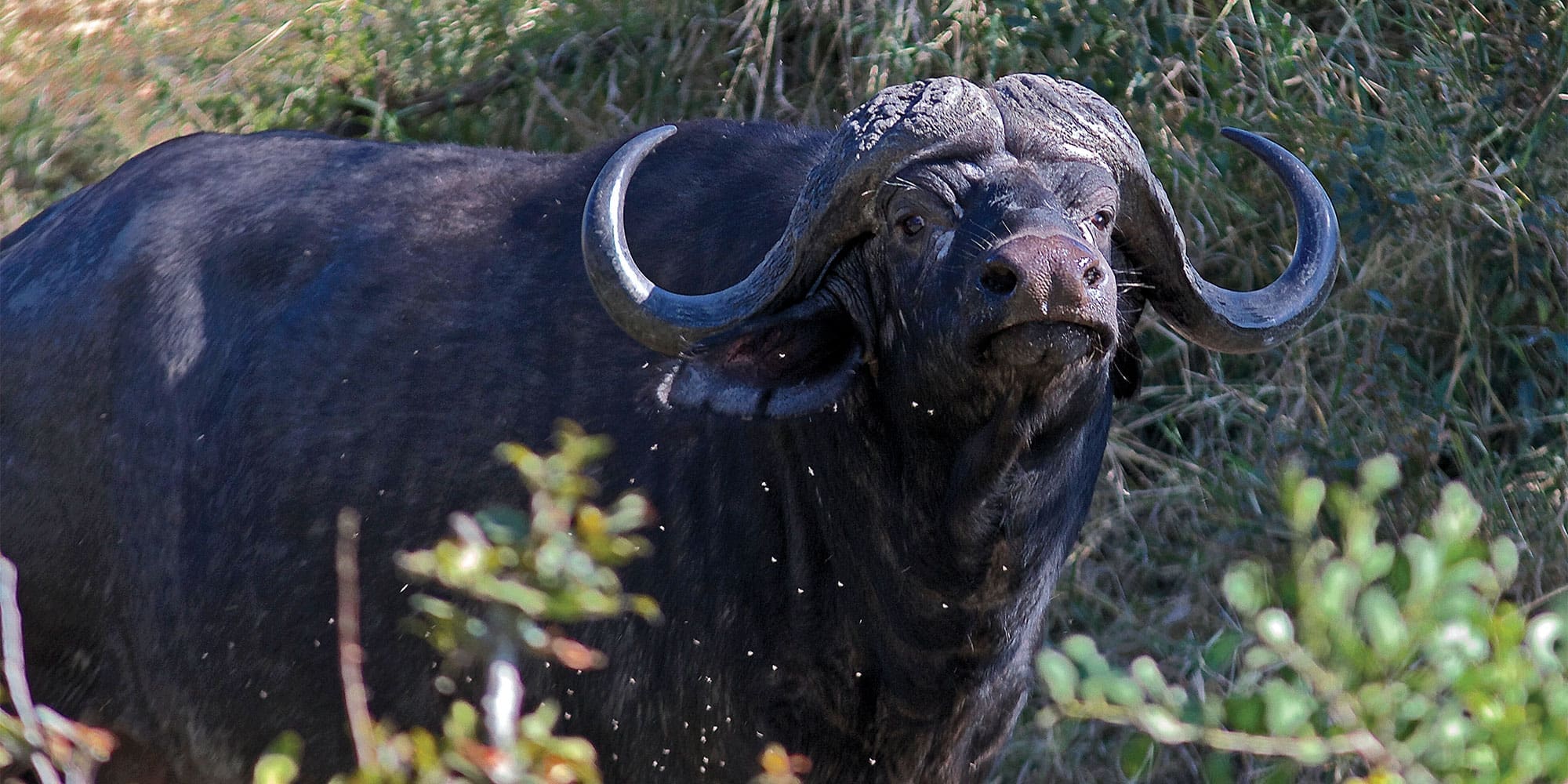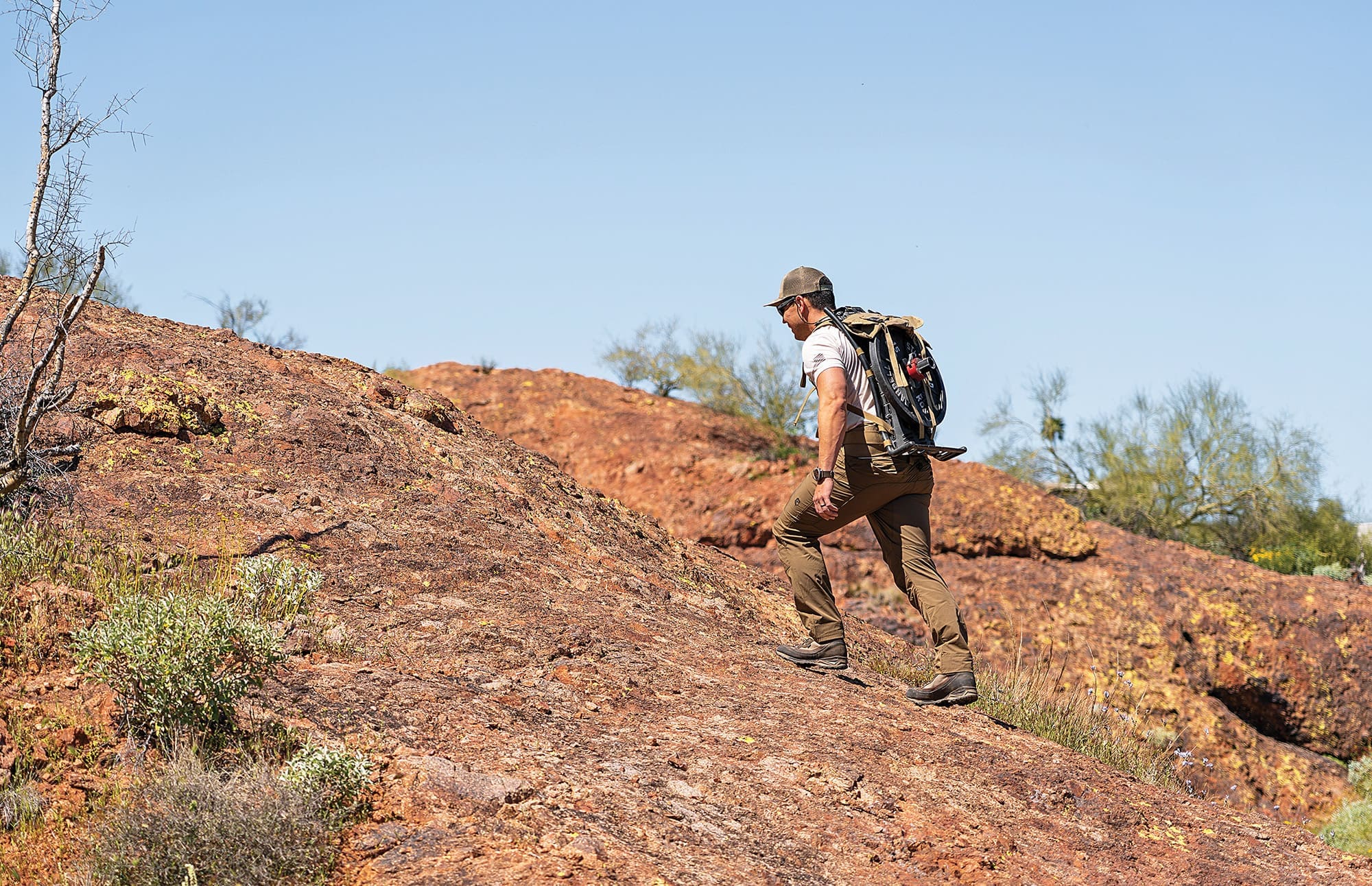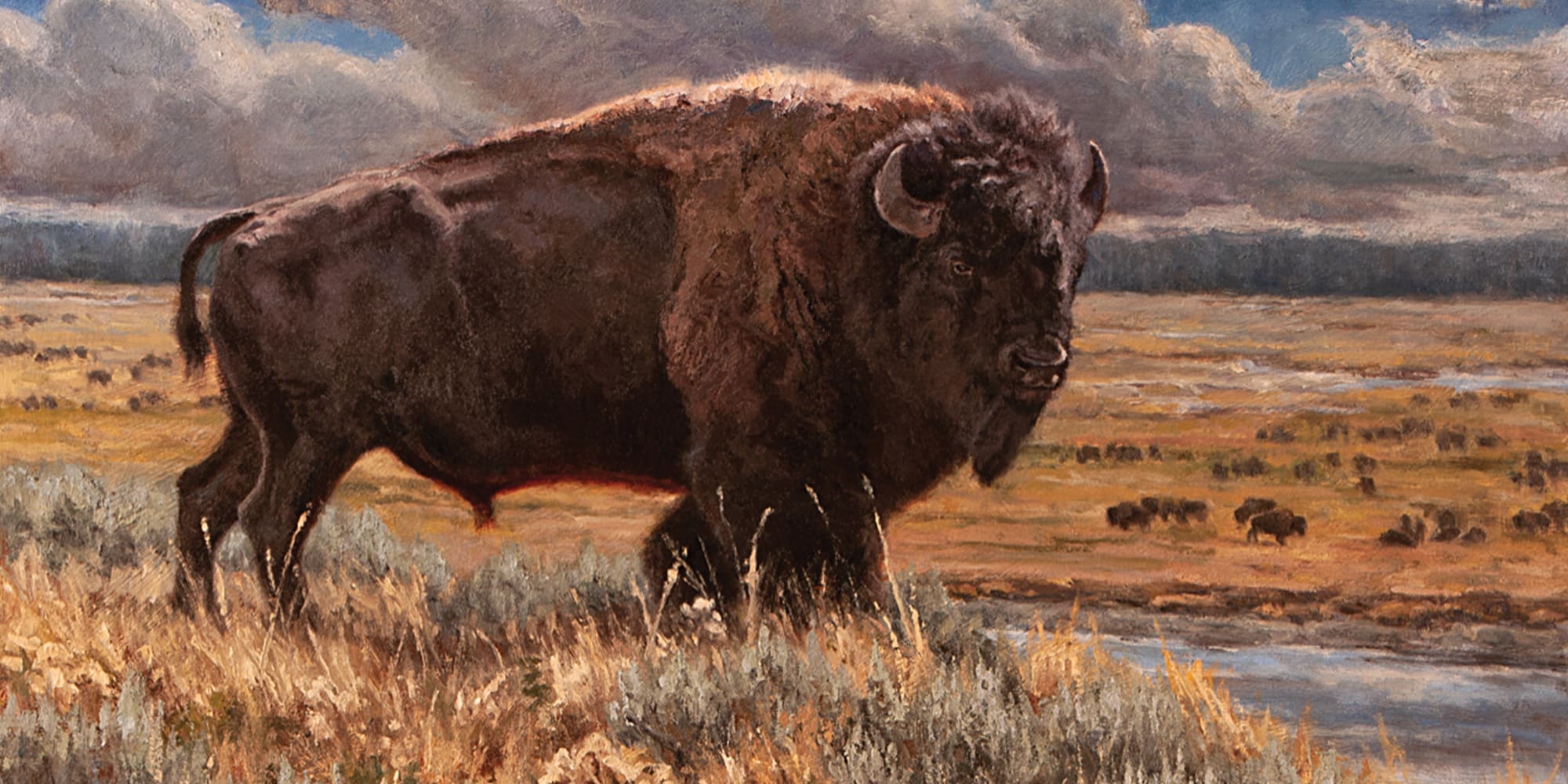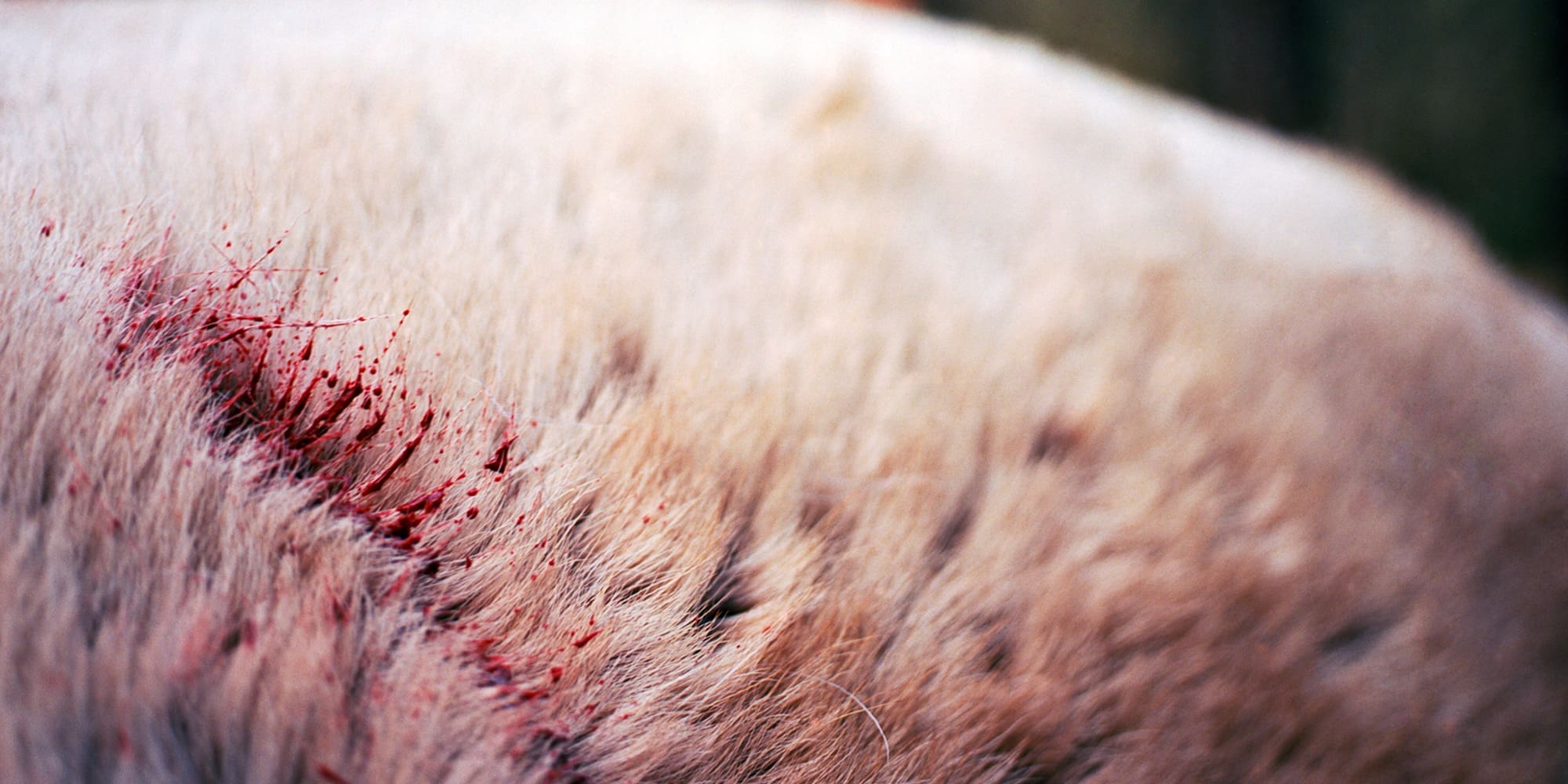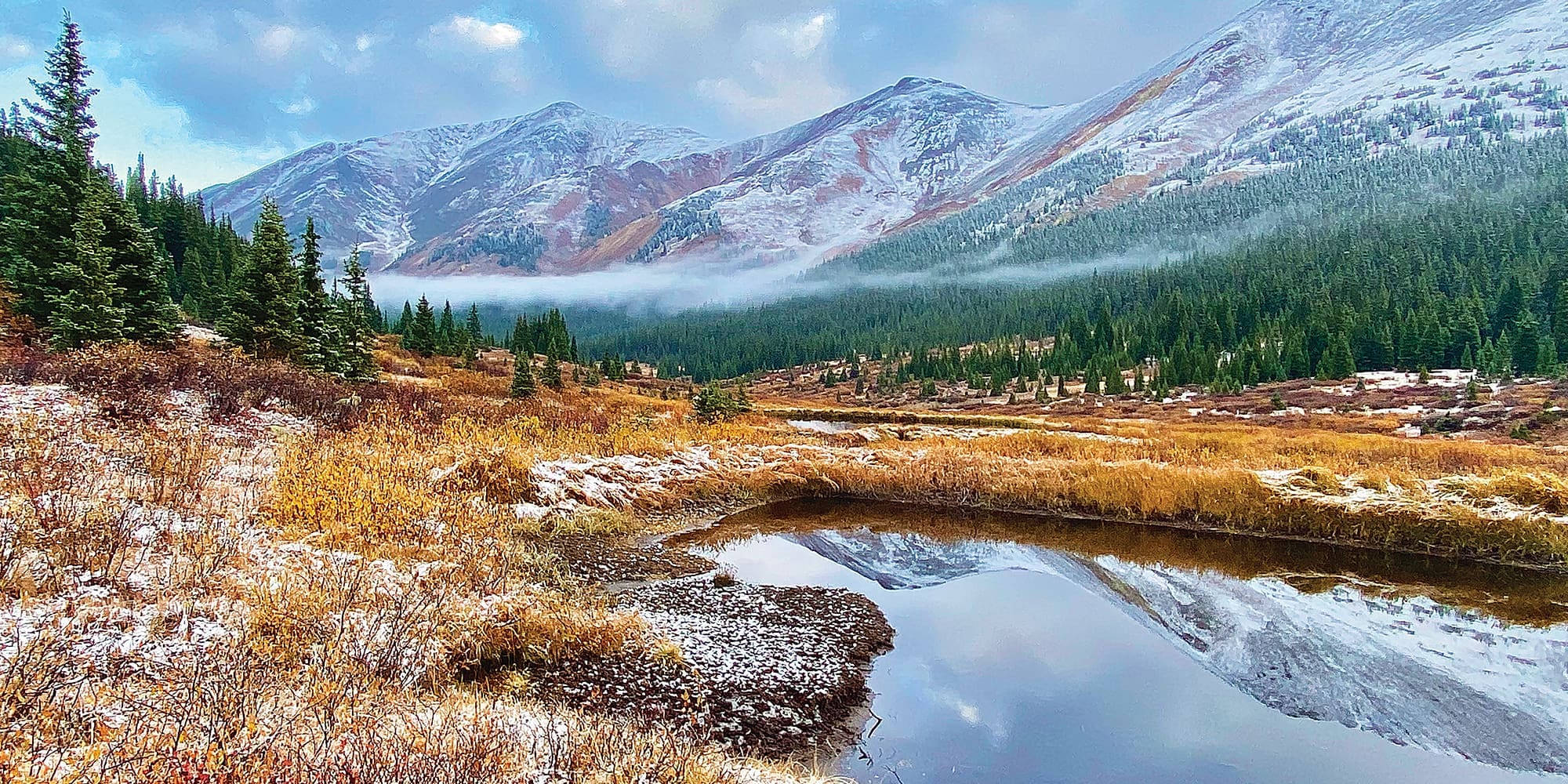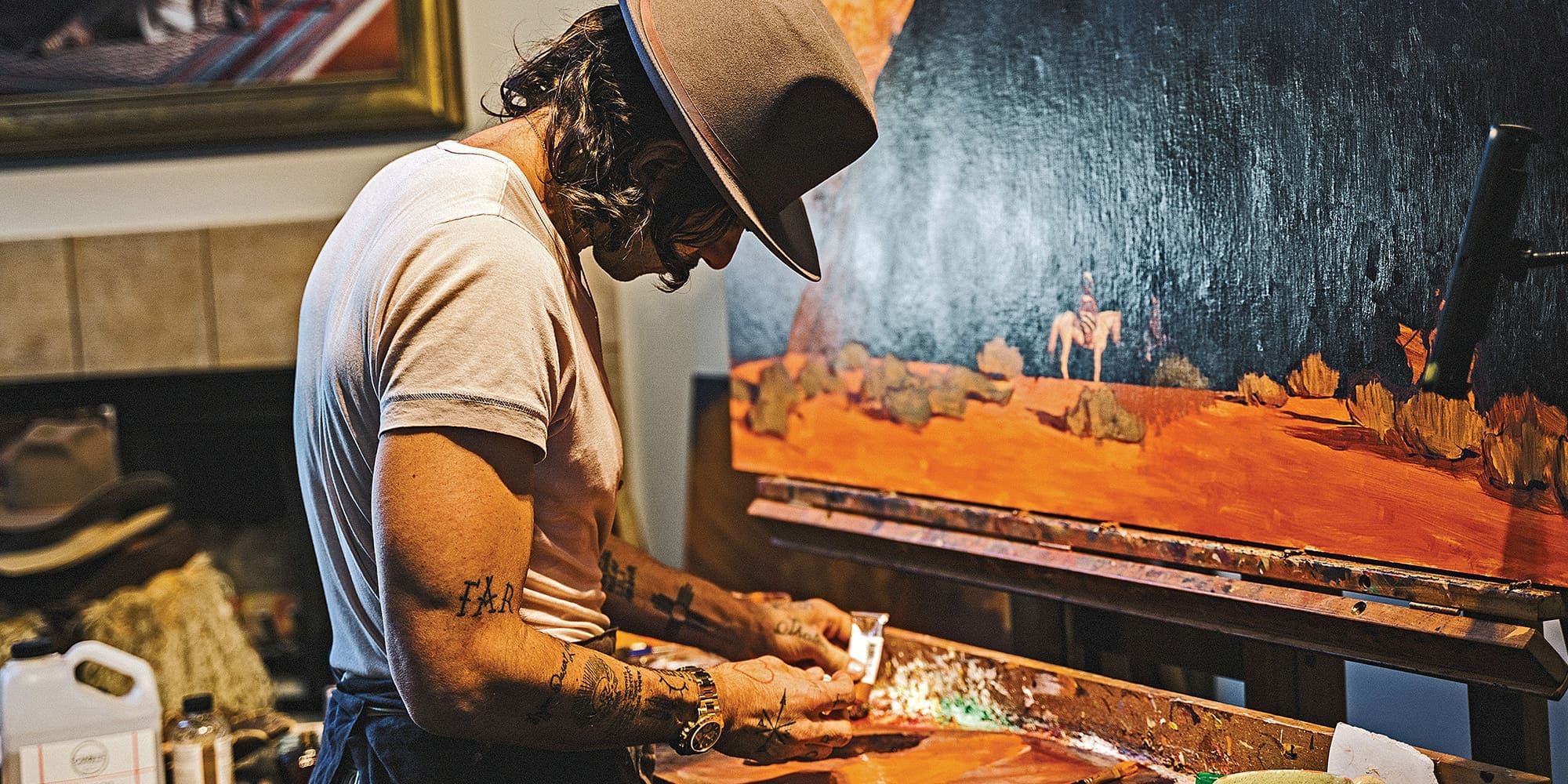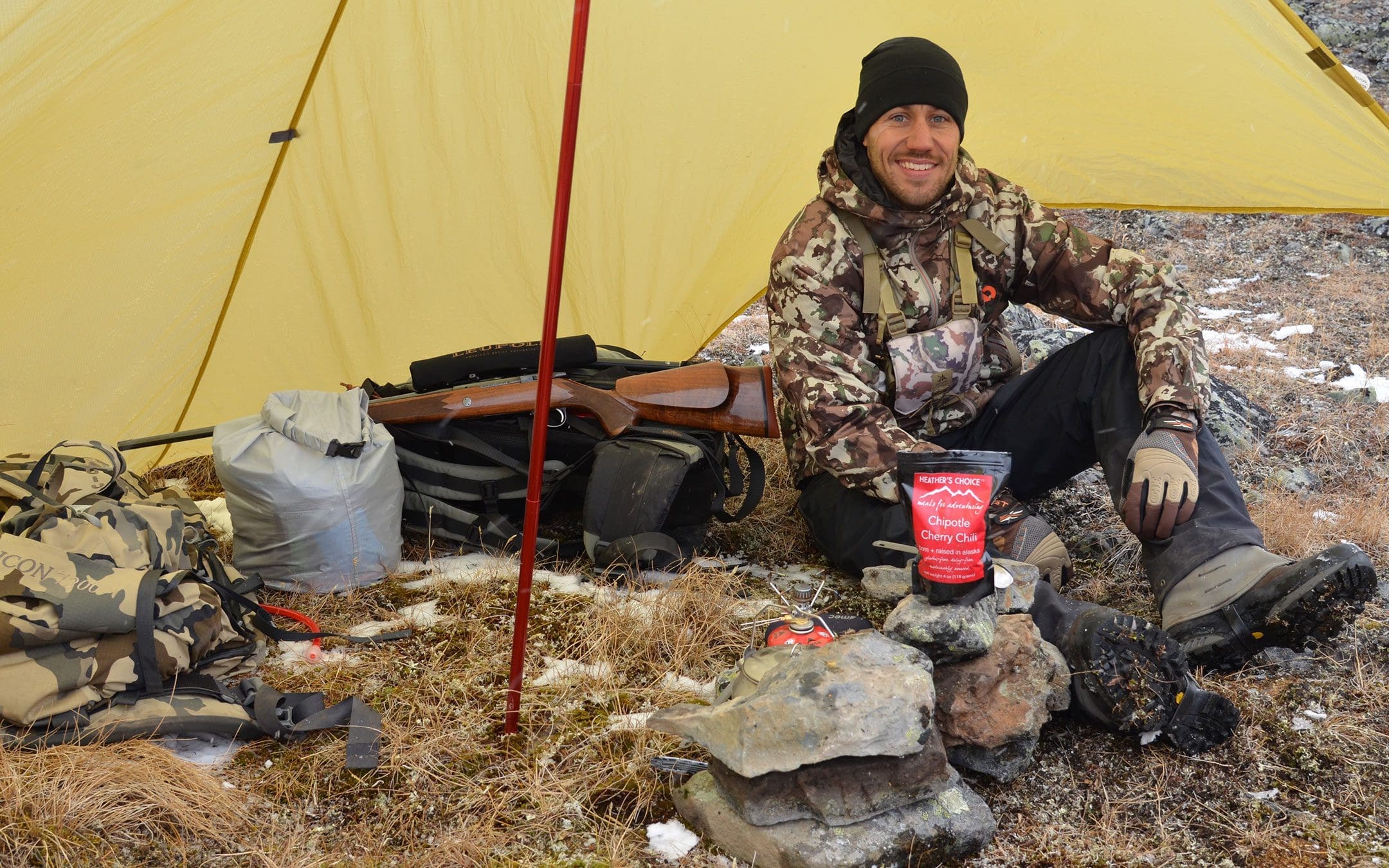
NOTICE: Certain links on this post may earn a commission for Western Hunter Magazine from Amazon or our other affiliate partners when you make a purchase. Thank you for your support.
Eat Healthier with These Backpacking Food Options
It is no secret that athletic performance is directly linked to diet and nutrition. Gone are the days when elite athletes ate pizza and drank beer after every game or workout. As the old saying goes, “You are what you eat,” and thanks to companies like Train to Hunt and Wilderness Athlete, sportsmen are finally recognizing the link between physical conditioning, nutrition, and our success in the field. This new generation of hunter-athlete is training year-round, paying attention to their diet, performance, and overall health. Bur what about the backpacking food we eat during our hunts?
About four years ago, I joined this vague fraternity of hunters and began to pay special attention to what I was eating. I cut out the empty carbs like pasta, refined sugar, and as much sodium as possible, replacing them with more wild game, vegetables, and healthy fats. With these dietary changes and a reasonable exercise program, I can honestly say that I’m in better shape than I was ten years ago.
You’d think that once hunting season started and I spent more time in the mountains with a pack on my back, things would only get better, right? Well, it didn’t. In fact, I felt like I was losing ground.
It didn’t take long to realize that while I was getting plenty of exercise, my diet of off-the-shelf backpacking food and other quick fixes were dramatically different than the fuels I had been consuming during the off-season. I knew there had to be better backpacking food choices, so I started scouring the Internet and making phone calls.
I’m not a biochemist, nor do I consider myself a nutritional expert. However, after years of talking to the real experts, dozens of hardcore backcountry hunters, and experimenting on myself, I do know what works for me. Heather Kelly, the founder of Heather’s Choice, summed up the perfect diet when she stated, and I paraphrase, “If there are a million hunter-athletes, then there are a million “right” diets.”
We’re all different, and we all react differently to the foods we eat. As cliché as it sounds, the most important skill we need to develop is to listen to our body. Take notes, even if they’re just mental notes, regarding what and when you ate, how you felt, how you felt during workouts, etc. Soon, you’ll spot trends and be able to make adjustments to your diet to maximize your health.
As you read this article, you’ll see the word “paleo” frequently. Paleo foods and diet include foods that were generally available to our first ancestors, the theory being that these are the foods we evolved to eat and our body was meant to use as fuel. This list includes venison, fish, vegetables, nuts, fruits, and healthy fats. It doesn’t include grains, corn, or refined foods.
Though I didn’t select these products because they used the word “paleo”, I have noticed that products carrying this description tend to be of higher quality, and their producers take great pride in using the most nutritious ingredients.
I encourage you to experiment with each of these backpacking foods during the off-season. I’m convinced that feeling strong on the seventh day of a tough hunt depends on the work you do now and the food choices you make each day, especially during the hunt.
Notes:
Some of these meals are dehydrated as opposed to freeze-dried. Dehydrated backpacking foods shrink down during the process more than freeze-drying, the result being they pack in more calories per square inch. From my experience, three fully dehydrated meals take up less space than two freeze-dried meals. This can be crucial when pack space becomes a limiting factor.
In order to remove my bias, I had more than a dozen friends sample each of these products. The opinions were all over the board, but some favorites rose to the top. We also tried each of the meals in combination with the others and we found that pairing meals from two different companies would often yield a better overall taste.
The first rule for taking control of your health and nutrition is to become a label reader! I’ve included nutrition labels for each company, along with the ingredients, so you can do your own research as to how each product affects your health, energy levels, and recovery times.
Backpacking Meals
Good To-Go
After 12 years as a top chef in some of the finest restaurants in New York City, Jennifer Scism finally decided to blend her talent in the kitchen with her love for backpacking. She started Good To-Go backpacking food with the tag line “Real Food, Real Adventure.”
All of Good To-Go’s meals are dehydrated, so you get more delicious calories per square inch of pack space. All meals are vegetarian, but they still contain 10g of protein or more per serving.
Strength: Great taste and easy-to-use packaging. Double or single-serve options.
Weakness: Without meat, they’re a little light on protein and total calories.
Our favorite: Thai Curry
Pairing: Marinara with Penne + Heather’s Choice Chipotle Cherry Chili
Cost: $11.50 (double serving)
goodto-go.com
Heather’s Choice
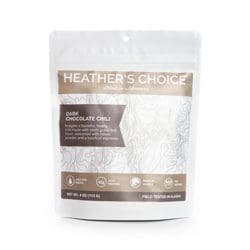 Heather Kelly was born and raised in Alaska. While earning a degree in Evolutionary Sports Nutrition, she also won two NCAA championships in women’s rowing. During six years as a river guide in Alaska, Colorado, and the Grand Canyon, she experimented with making her own dehydrated backpacking food. Before long, her friends were begging her to make backcountry meals for all of their adventures; Heather’s Choice was born.
Heather Kelly was born and raised in Alaska. While earning a degree in Evolutionary Sports Nutrition, she also won two NCAA championships in women’s rowing. During six years as a river guide in Alaska, Colorado, and the Grand Canyon, she experimented with making her own dehydrated backpacking food. Before long, her friends were begging her to make backcountry meals for all of their adventures; Heather’s Choice was born.
All of Heather’s Choice meals contain meat from sustainable sources like buffalo, Texas quail, and elk. Red meat is incredibly difficult to dehydrate, which is why nobody else is doing it, but Heather got it right and she continues to improve on each recipe.
Strength: Packed with protein and healthy fats. The most compact packaging in our test.
Weakness: The most expensive meals in our test.
Our favorite: Smoked Sockeye Salmon Chowder
Pairing: Dark Chocolate Chili + Good To-Go’s Herbed Mushroom Risotto
Cost: $15
heatherschoice.com
Paleo Meals to Go
The mother-son team of Dawn Anderson and Ty Soukup started Paleo Meals to Go after a fruitless internet search for true shelf-stable paleo backpacking foods. Paleo Meals to Go are freeze-dried meals, but the packaging is much more compact than traditional backpacking meals. When you read the ingredient lists, you most likely have all these ingredients in your own kitchen.
Strength: Diversity of menu options; very low sodium levels; least expensive meals.
Weakness: Low-fat levels lead to fewer calories per pouch.
Our favorite: Bedrock Beef Chili
Pairing: Mountain Beef Stew + Heather’s Choice Ethiopian Doro Wat
Cost: $9.99
wildzora.com
Bars
Epic
Epic founders Taylor and Katie became vegetarians in an attempt to optimize their health, but soon found that a high-carb, low-fat, and processed protein diet actually reduced their overall health. Then they discovered the benefits of healthy animal fats and grass-fed protein. All Epic meats are sourced from 100% wild or pasture-raised animals and fish.
Epic offers 12 different meat bars blended with fruits and nuts. The meat sources include bison, beef, chicken, pork, turkey, wild boar, and salmon. With options like bison/bacon/cranberry, beef/habanero/cherry, and wild boar/bacon, you’ll find several that you would serve as appetizers to company!
Epic’s Hunt & Harvest Mix contains classic trail mix combinations of fruits, nuts, and seeds, along with jerky bits. There is a divider between the jerky and trail mix to maintain the flavor integrity of each product. These make for great backpacking food.
Strength: High protein; tremendous diversity of flavors.
Weakness: If you don’t like meat, then you won’t like Epic.
Our Favorites: Chicken Sriracha bar, Beef Apple Bacon bar, Honey Harvest trail mix
Cost: Bars start at $2.50
epicprovisions.com
Simple Squares
The name Simple Squares is an exact description of the product. Founder Kimberly Crupi Dobbins knew that in order for a treat to be good for you, it needed to be simple, with all-natural ingredients and nothing processed. Simple bars have five ingredients…that’s it.
Strength: Chewy but nutty texture; great nutrient balance.
Weakness: We all wished the bars were bigger.
Our Favorite: Sage
Price: $2.50
simplebotanics.net
Heather’s Choice Packaroons
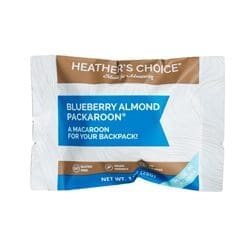 These Packaroons are like plutonium, meaning there’s a lot of energy packed into a very small space. Each package (2 per package) contains almost 400 calories from a simple ingredient list. With six different flavor options, you’ll find one that you can’t go without. I highly recommend these for backpacking food.
These Packaroons are like plutonium, meaning there’s a lot of energy packed into a very small space. Each package (2 per package) contains almost 400 calories from a simple ingredient list. With six different flavor options, you’ll find one that you can’t go without. I highly recommend these for backpacking food.
Strength: Calorie density and creative flavor options.
Weakness: If you don’t like the texture of shredded coconut, then you might not like these.
Our favorite: The Black Espresso is amazing.
Cost: $5.00
heatherschoice.com
Rise Bar
You might be noticing a theme by now; good food is simple with clean ingredients. In keeping with this concept, Rise Bars have at most five ingredients; their best-selling Almond Honey bar has only three ingredients! With a base of whey protein and honey, Rise Bars pack plenty of energy, with just the right amount of sweetness.
Strength: Pleasing texture with a nice diversity of flavors.
Weakness: They lose their shape fast in warm temperatures, but there’s no change in taste.
Our favorite: Lemon Cashew
Cost: $2.35
risebar.com
RXBAR
The folks at RXBAR truly let their packaging speak for their products! On each bar, the exact ingredients are pasted over the entire label. The combination of egg white protein, nuts, and fruits delivers a steady energy source.
Strength: Pleasing consistency and a nice variety of flavors.
Weakness: Nothing significant unless you have an egg or nut allergy.
Our favorite: Pumpkin Spice, Mint Chocolate
Cost: $2.29
rxbar.com
Heather’s Choice Buckwheat Breakfast
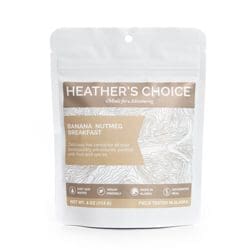 Breakfast is the most important meal of the day. Wow, just typing that makes me feel old! But this age-old saying is as true today as it was 50 years ago, especially in the backcountry. But who really likes reconstituted egg products? And the last thing I need is a little bag full of over-sweetened oatmeal that sends your blood sugar through the roof and drops you like a rock 30 minutes later.
Breakfast is the most important meal of the day. Wow, just typing that makes me feel old! But this age-old saying is as true today as it was 50 years ago, especially in the backcountry. But who really likes reconstituted egg products? And the last thing I need is a little bag full of over-sweetened oatmeal that sends your blood sugar through the roof and drops you like a rock 30 minutes later.
Heather Kelly came to our rescue with the introduction of the Buckwheat Breakfast. Buckwheat isn’t actually wheat; it’s a flower seed that delivers a good balance of slow-release carbohydrates, ample protein, and healthy fats. Heather’s Choice offers six different flavor choices. Simply mix in boiling water, wait five minutes, and enjoy a healthy start to your day.
Strengths: Great texture, tastes great warm or cold.
Weakness: Literally nothing, unless you’re allergic to buckwheat.
Our favorite: Pie Spiced Apple is out of this world!
Price: $7.00
heatherschoice.com
In the end, these are all great options when it comes to backpacking food. Experiment with them before heading into the field and you will start to see a difference when day 5 hits during a grueling hunt.

